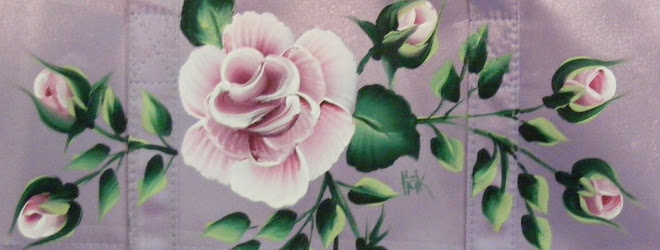"What size and style of needles do I need to buy for beading? I have some that are extremely flexible and they're driving me crazy. They've got little staying power. After two pairs of simple earrings, they're junk. I can't remember where I bought them. They're a size 13. Why is size 10 sticking in my head? I have some 12's, but they look pretty flimsy too."
The following is what I told her:
The easiest size beading needle to use is
#10, because it’s the biggest. However, #10s won’t work with some projects
because of the number of times you have to run the thread through the same
bead. If you’re not working with seed beads, #10s are good, nice and sturdy,
and easy to thread.
I sometimes use #12s
when working with the smaller seed beads. #12 beading needles are smaller than #10s so that they can make several
passes through most seed beads. In spite of that, they’re not too flimsy.
#13s are quite fine,
which is why they’re so flexible or flimsy. I don’t know if I’ve ever seen #13s. I think they must be for very delicate
work.
If you can find #11s,
they’re a great compromise, and the size that I probably use most often.
You should be able to
buy #10s, #11s, and #12s in Michaels, AC Moore, Hobby Lobby, Wal-Mart, or your local bead shop. I bought a
package with a mix of #10s, #11s, and #12s in Wal-Mart for about $2—great deal.
Be careful, though. Sometimes beading needles are not
marked with a size, especially in non-bead stores.
I also recommend getting a “big-eye” needle, which is really good to use with larger
beads or seed beads that don’t get too many passes through. It appears to be like a
regular needle until you look closely—there’s no eye on one end. Instead, you
see that there are actually two pieces of metal that are fused together on the
ends and separated in the center. Just pull the two pieces away from each other
and it almost looks like a bow without the arrow. Needless to say, it’s a snap
to thread these needles. Just open the "bow" and slide the thread in. When you let it go, the thread stays trapped. You can use either end as your tip. The downside is that the tips of these needles are a bit blunted, so they won't be as sharp as regular beading needles. That's not always an issue.
The big-eye needle I have only came with one in a package with no size specified on the package--I'm guessing that it's a #10. You can find them online in various sizes as well as multiples per package. Big-eye needles are pretty hardy and last through
many projects. I've had mine for years. I always put it back on its
cardboard and keep it in a Ziploc snack bag in a box with my Fireline threads. You need to get big-eye needles online or in your local bead or craft store. I’m guessing they’re about $3 for a package of one--and they're more economical for multi-packs.
When you're in the mood to splurge, buy a package of Tulip needles. They’re very flexible, but they always go
back to their original, straight shape, and I’m told they last a long time. The pros rave about
them. I bought a three-pack of #11s for $5.50 a couple of years ago. I tried them
and liked them, but when I’m seed beading, I often like my needle to maintain
a curved shape. I think that it's easier to use a curved needle when trying to bury the ends of a thread. Anyway, I’m hoarding these lovely, expensive Tulip needles.

Great information. Glad to see you back. I love all the information you disperse. I use the Tulip needles and I love them. I have a bunch of the John James and they are great but the Tulip is my favorite. Glad to hear you are doing better.
ReplyDeleteThanks, Bonnie. I wrote this entry quite some time ago and just found the draft the other day. I have no idea why I never posted it. (eyeroll)
DeleteI'm glad you mentioned the John James needles. I've never used them, but I've heard good things about them.
Here's a very good video showing a variety of beading needles, as well as their pros and cons.
ReplyDeletehttps://www.youtube.com/watch?v=pfPW4no2ReU&feature=push-u&attr_tag=woQfxG3ZaRFemkTJ-6